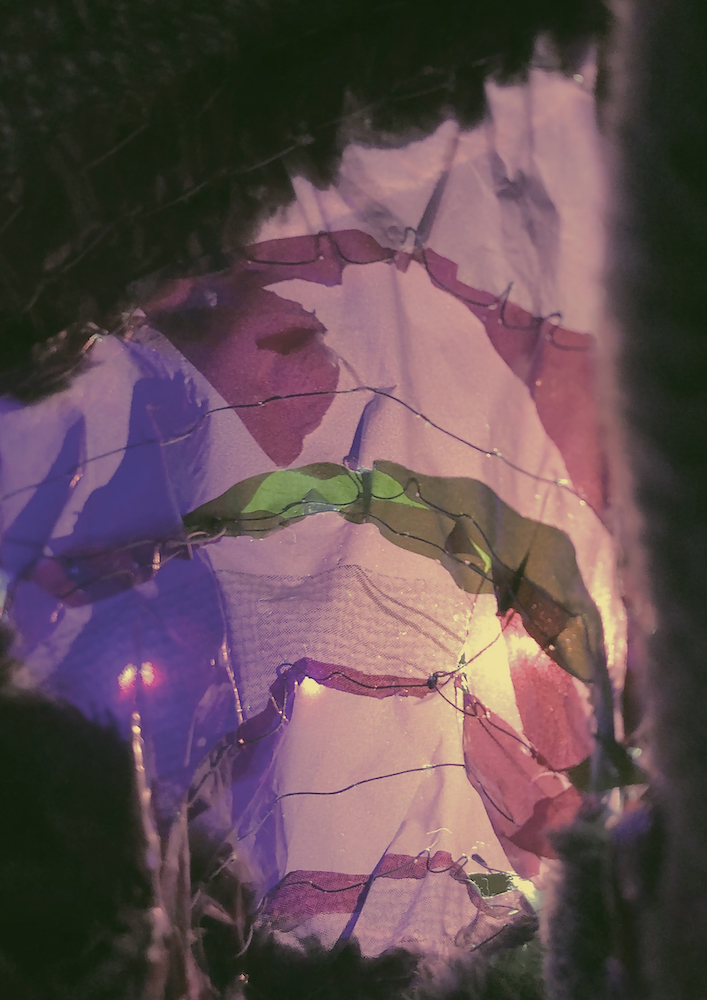Milly Tyler

Textiles and Fashion Specialism
My focus during this project was on the “Fast Fashion” industry and how this impacts our habits. It is less common that we mend our own clothes if they are broken or damaged as it's far easier to simply throw away the damaged item and replace it with a new one. This cycle helps this industry grow and therefore, so do landfills. Fortunately, I found that visible mending styles are slowly growing in popularity, with textiles designers such as Flora Collingwood-Norris creating beautiful geometric shapes by darning into worn and broken clothes. I also looked at the designer A Sai Ta; the stylish and colourful ‘Hot Wok’ tie dye tops almost look ‘inside out’ as they focus on emphasised seams and stitches using contrasting colours. After experimenting with a few different techniques of visible mending, I found that I was most drawn to Japanese Boro Stitching. This is a method in which textiles items are mended by sewing a patch of fabric over the damaged area. This inspired me to mend a hole in an old blanket using clear coloured plastic and thread. I chose to use plastic instead of fabric as I feel that it was an effective way of tying together the concept of fast fashion and the consistent use of plastic within clothing and textiles. The image that I have chosen is a photograph of the Boro stitched area with a light shining behind it. This allowed for the pieces of plastic and the stitching to be extremely distinct and obvious, emphasising the beauty of visible mending. I also thought this image was effective in communicating my processes and ideas as you can still see the blanket around the edge, making it feel more personal. This project has opened my eyes to the detrimental effects that plastic has on our environment and our daily lives. I am already starting to think more carefully about my habits and choices when it comes to clothes and fashion.